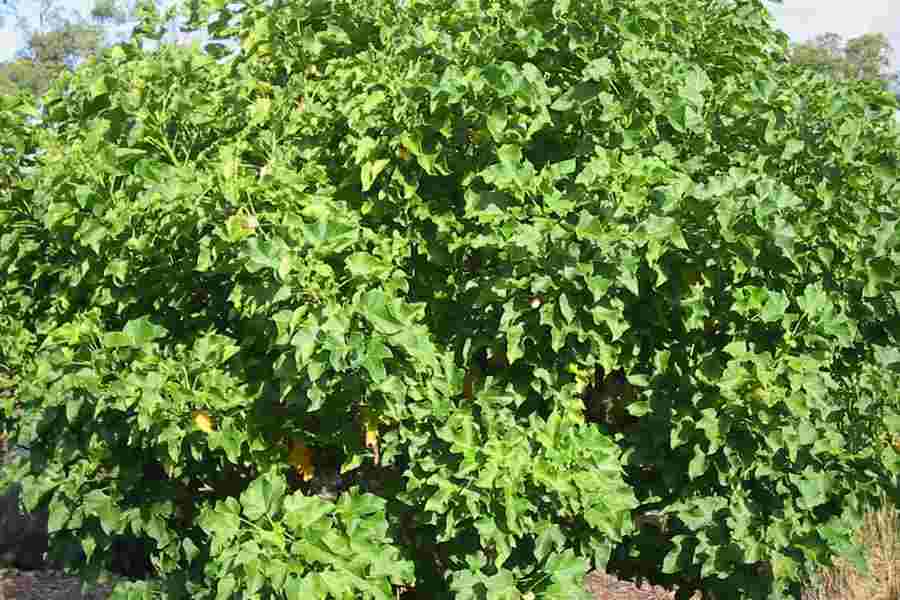Constantly the biodiesel industry is searching for some alternative to produce renewable resource. Biodiesel prepared from canola, sunflower and jatropha curcas can change or be combined with traditional diesel. During first half of 2000's jatropha biofuel made the headings as an incredibly popular and promising option. It is prepared from jatropha curcas, a plant species native to Central America that can be grown on wasteland.

Jatropha Curcas is a non edible plant that grows in the deserts. The plant grows really rapidly and it can yield seeds for about 50 years. The oil received from its seeds can be used as a biofuel. This can be mixed with petroleum diesel. Previously it has actually been used two times with algae mix to sustain test flight of airlines.
Another favorable method of jatorpha seeds is that they have 37% oil material and they can be burned as a fuel without fine-tuning them. It is also used for medical purpose. Supporters of jatropha biodiesel say that the flames of jatropha oil are smoke totally free and they are effectively evaluated for easy diesel engines.
Jatropha biodiesel as Renewable resource Investment has actually attracted the interest of lots of business, which have tested it for automotive usage. jatropha curcas biodiesel has actually been roadway checked by Mercedes and 3 of the cars have actually covered 18,600 miles by utilizing the jatropha plant biodiesel.
Since it is due to the fact that of some disadvantages, the jatropha biodiesel have actually not thought about as a fantastic eco-friendly energy. The greatest issue is that nobody understands that exactly what the productivity rate of the plant is. Secondly they don't understand how big scale cultivation may impact the soil quality and the environment as a whole. The jatropha plant needs 5 times more water per energy than corn and sugarcane. This raises another issue. On the other hand it is to be noted that jatropha can grow on tropical environments with yearly rainfall of about 1000 to 1500 mm. A thing to be noted is that jatropha needs correct watering in the first year of its plantation which lasts for decades.
Recent study states that it is true that jatropha can grow on degraded land with little water and bad nutrition. But there is no proof for the yield to be high. This might be proportional to the quality of the soil. In such a case it might need high quality of land and may require the same quagmire that is dealt with by many biofuel types.

jatropha curcas has one primary downside. The seeds and leaves of jatropha are poisonous to humans and animals. This made the Australian federal government to prohibit the plant in 2006. The government declared the plant as invasive species, and too dangerous for western Australian agriculture and the environment here (DAFWQ 2006).
While jatropha has promoting budding, there are number of research obstacles stay. The importance of detoxing has to be studied due to the fact that of the toxicity of the plant. Along side an organized study of the oil yield have actually to be undertaken, this is extremely essential since of high yield of jatropha curcas would most likely needed before jatropha can be contributed substantially to the world. Lastly it is also really important to study about the jatropha types that can endure in more temperature climate, as jatropha is quite limited in the tropical climates.







